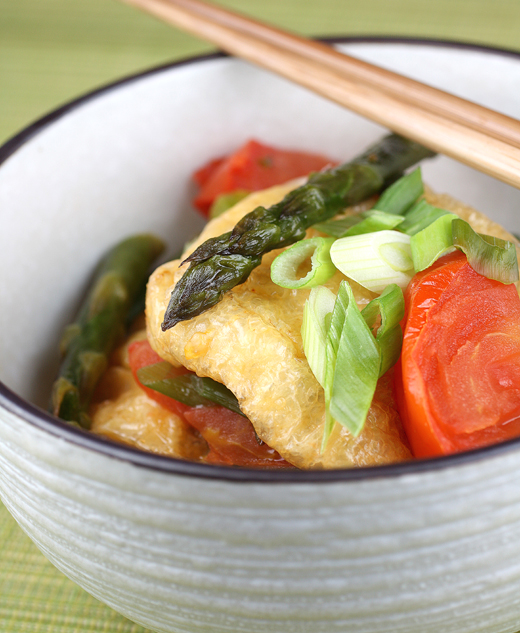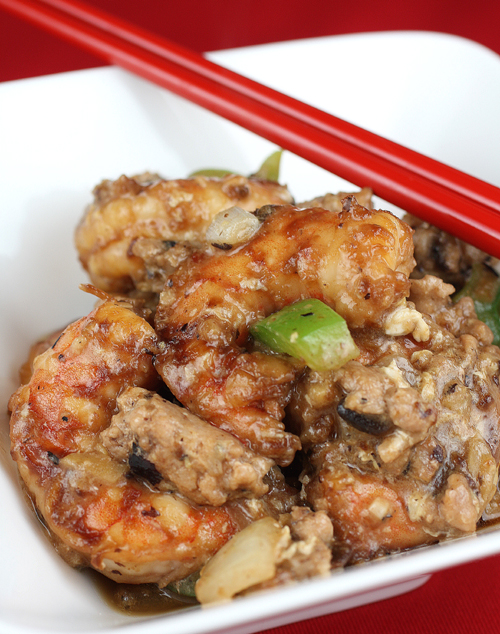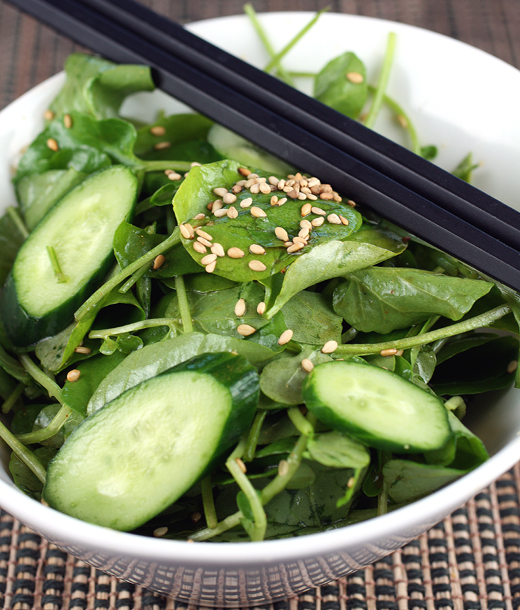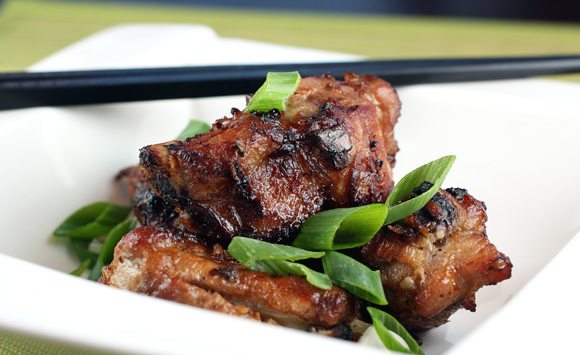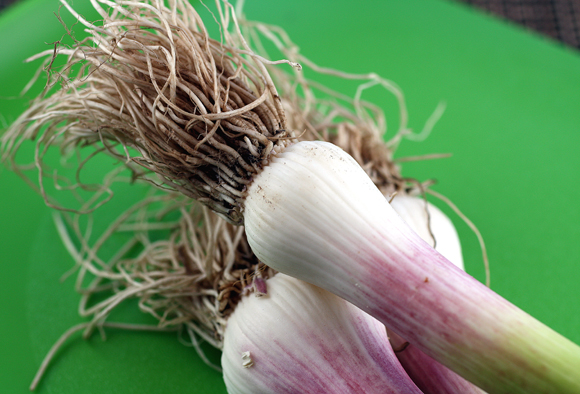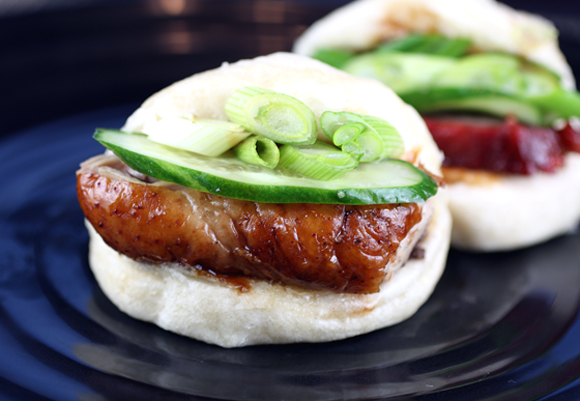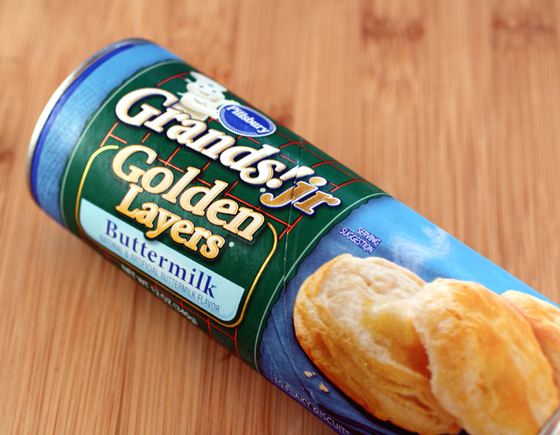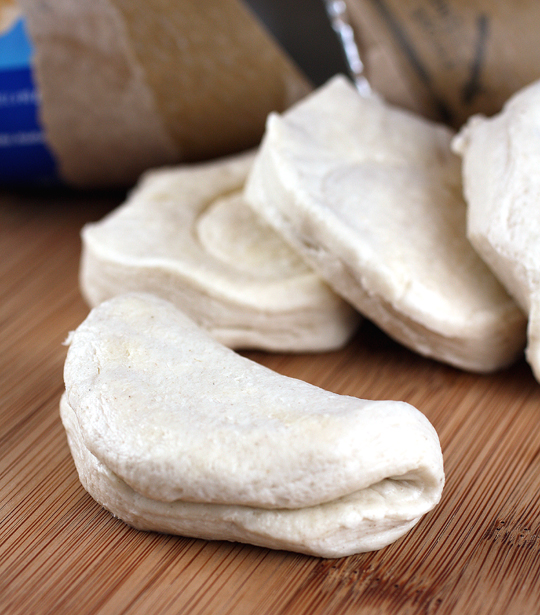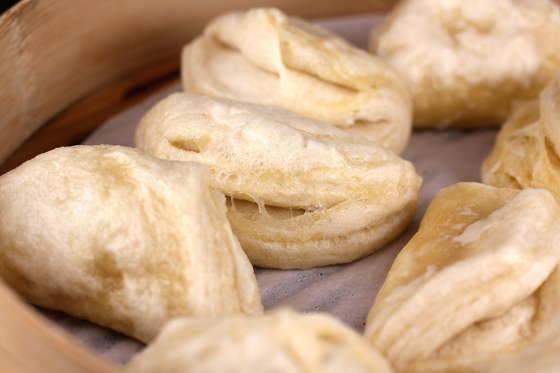Tasty Tofu and Tomatoes
One of the advantages of being the youngest in the family was that I was doted on by all manner of aunties, uncles and cousins.
One of the biggest drawbacks, though, was that by the time I was born, all but one of my grand-parents had already passed away.
My mother’s mother was still alive when I was a toddler. But by that time, she was quite advanced in age, bed-ridden, and being cared for by another of her daughters. Worse, my grandmother spoke no English. And I spoke no Cantonese.
I would run into her bedroom to say hello, as best I could. She would respond in Chinese, as she lay in bed. If my Mom or aunt were not present to translate, I would have no idea what she had just said. I’d smile meekly, and just nod, not knowing what else to do.
So, when I hear folks talk nostalgically about the wonderful food their grandmother cooked for them when they were growing up, I get wistful, because I never had that magical experience.
Which is why “The Asian Grandmothers Cookbook (Sasquatch Book) touches my heart so. It was written by my friend, Patricia Tanumihardja, who grew up in Singapore and now lives on the Monterey Peninsula.
Pat interviewed and cooked with Asian grandmothers, mothers and aunts to create this book of 130 recipes for home-style dishes that might otherwise have never been written down and might have faded away from memory.
Dishes such as this super simple, “Deep-Fried Tofu Simmered with Tomatoes,” that’s perfect on a harried weeknight.

